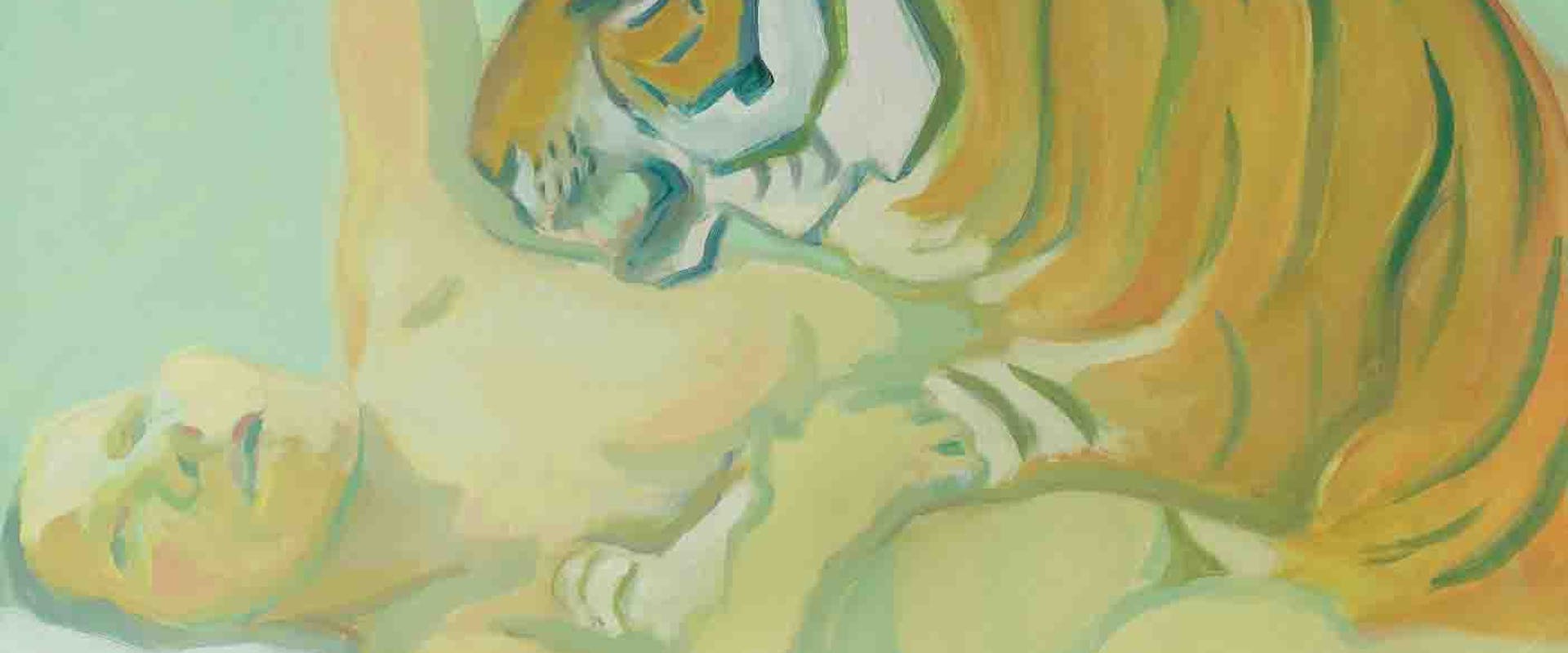Maria Lassnig Woman Power
The Gallerie degli Uffizi, in conjunction with the Albertina in Vienna, is devoting an exhibition to the Austrian artist Maria Lassnig (1914 – 2014), who together with Louise Bourgeois and Joan Mitchell, was one of the most important women artists of the second half of the 20th century. In the last years of her life Lassnig achieved growing recognition for her pioneering role in the feminist movement in the visual arts, a recognition sanctioned almost at the end of her life, in 2013, when she was awarded the Golden Lion for her career at the Venice Biennale.
This exhibition, which showcases twenty-five works chosen from her vast output between the 1960s and the first decade of the new millennium, offers a significant cross-section of her formal development over time, illustrating the extent to which the recurrent theme of her work is herself, her person in the strictly physical sense, her body. Exhibition curator Wolfgang Drechsler said: "Her art is self-interested and egocentric, with the overwhelming majority of her works consisting of self-portraits, often when they even have different titles. Yet they are self-portraits in which her physical features play only a marginal role. In these works, the outside, visible world acts chiefly as an envelope, as mere packaging for the world of inner sensations, and the same applies also to the decidedly realistic work that she produced during her time in New York".
Despite the extremist approach to her "self" that is a constant feature of her art, Maria Lassnig was anything but vain. She was honest to the point of painful, and sometimes she even went further than that, openly displaying her feelings, her grief and her sensitivity. Her self-depiction is, as she herself said, "the solitude of criticism, the inability to exploit others, the meditation and application of a surgical scalpel to a voluntary sitter, the Ego".
The key concept characterising Lassnig’s work, more than any other, is unquestionably that of Körpergefühl or "awareness of the body". In introspectively analysing the true nature of her condition, she proves capable of using the medium of art to express bodily sensations. Numerous self-portraits illustrate the highly personal form of self-analysis to which the artist with her profound sensitivity subjected herself on a more or less permanent basis.
While living in the United States in the 1970s, Lassnig discovered a further medium for expression in the cartoon, and in fact she even found a job with Walt Disney Productions. She used makeshift means to produce shorts which she drew and wrote herself in addition to filming and dubbing them in the first person. These works, which were far more narrative and easy to understand than her interiorised, sublimated painting, not only won her recognition at retrospectives and avant-garde film festivals, but also put her in touch with the women’s lib movements of the early ’70s. In fact, their ironic and easy-to-understand content also meant that they could be used as tools in their struggle.
Woman Power, a manifesto of Lassnig’s commitment to women’s emancipation, particularly in the art world then dominated by men, is not simply on display in the exhibition hall, it has also lent its emblematic title to the exhibition as a whole.
The exhibition is curated, and the catalogue published by Sillabe is edited, by Wolfang Drechsler. The exhibition is promoted by the Ministero dei beni e delle attività culturali e del turismo with the Gallerie degli Uffizi, the Albertina in Vienna, the Maria Lassnig Foundation and Firenze Musei.
